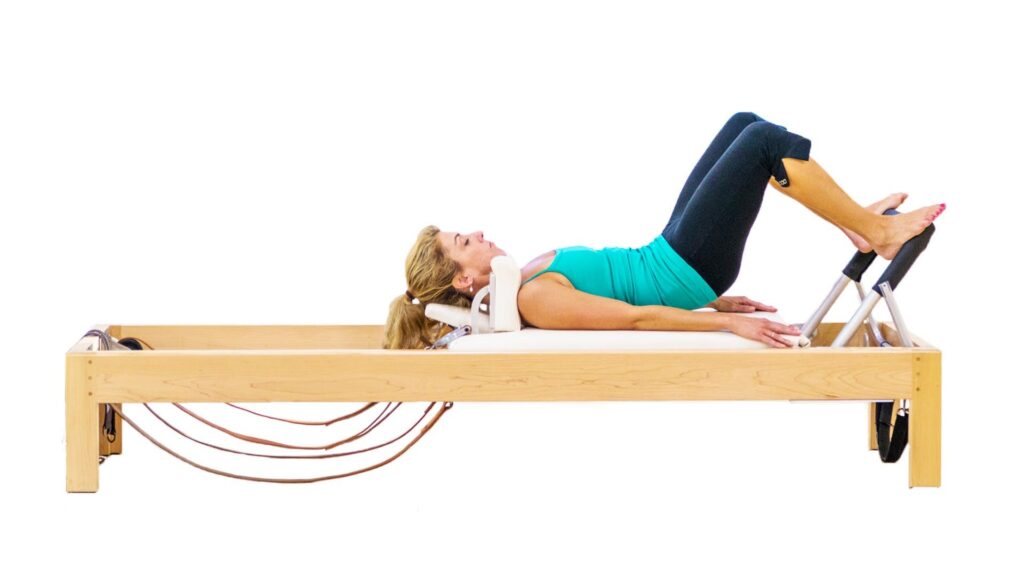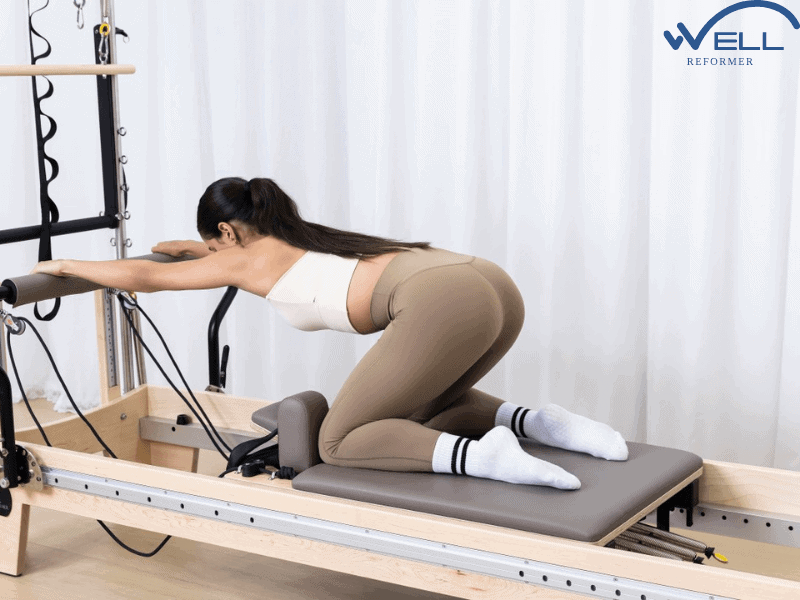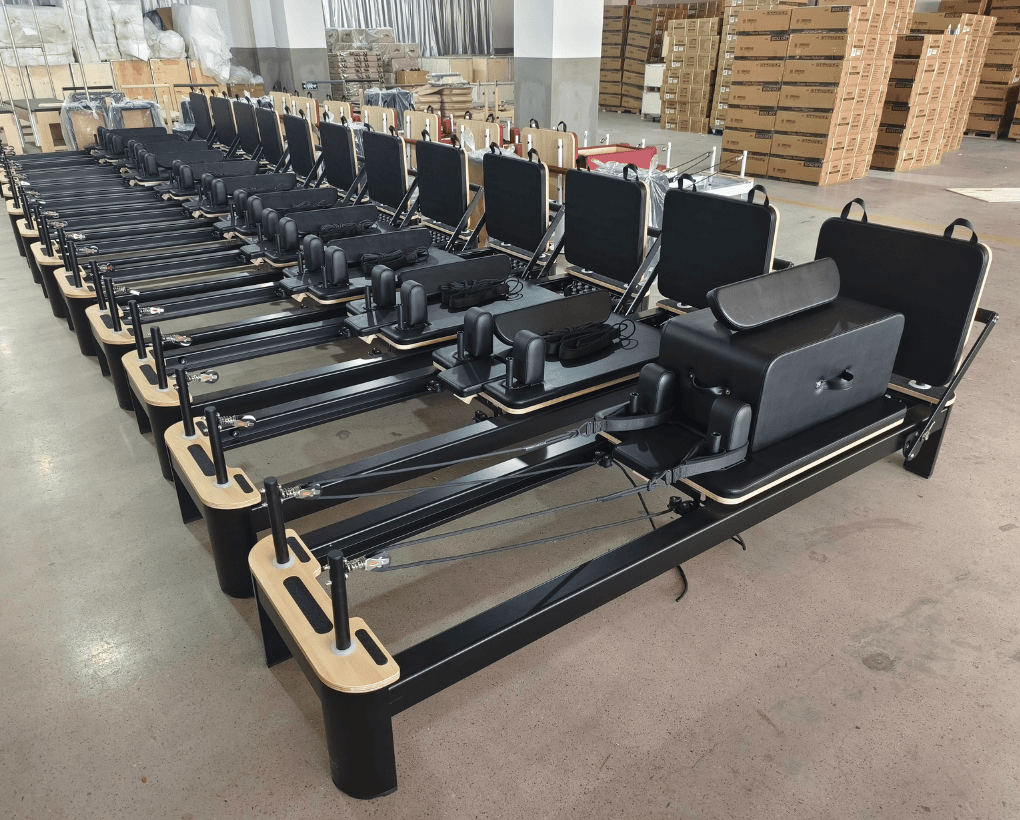🧘♀️ 1. Start with the Basics
Don’t rush into advanced exercises like reformer workouts or inversions. Begin with mat Pilates to learn foundational movements — breathing, core engagement, and alignment.
Good starting moves: The Hundred, Pelvic Curl, Leg Circles, and Rolling Like a Ball.

💨 2. Focus on Your Breathing
Breath is the foundation of Pilates.
- Inhale through the nose to expand your ribs.
- Exhale through the mouth to engage your deep core muscles.
This helps you control movement and protect your lower back.

🧍♀️ 3. Quality Over Quantity
Pilates is about precision, not speed.
Doing 5 perfectly aligned repetitions is far better than 20 rushed ones. Concentrate on control, posture, and muscle activation.
🔍 4. Engage Your Core Correctly
When instructors say “engage your core,” they mean pull your navel gently toward your spine — not sucking in your stomach. You want a firm but breathable engagement through your deep abdominal muscles (the transverse abdominis).
🧠 5. Learn the “Pilates Principles”
Familiarize yourself with these 6 fundamentals:
- Concentration
- Control
- Centering
- Precision
- Breath
- Flow
They guide every movement and help you get results safely.
🪑 6. Try a Reformer Session (When Ready)
Once you’re comfortable with the basics, a Pilates Reformer machine can add resistance, improve flexibility, and deepen your core engagement.
If you’re practicing at home, consider a foldable reformer or reformer with tower for space-saving convenience.
🕓 7. Consistency Is Key
Even 15–20 minutes a day makes a big difference.
Aim for 2–3 sessions per week to start building strength, flexibility, and body awareness.
💡 8. Listen to Your Body
You should feel challenged, not strained. If an exercise causes pain (especially in the neck or lower back), pause and check your form or ask an instructor for modifications.

🎧 9. Use Guided Videos or Classes
Follow certified instructors on YouTube or take beginner reformer classes at a local studio. Having cues for breathing, timing, and transitions will speed up your learning curve.
👟 10. Invest in Small Accessories
A few affordable tools can enhance your practice:
- Pilates ring for toning arms & thighs
- Small ball for core stability
- Resistance band for stretching
- Non-slip mat for safety
Start Your Pilates Journey with the Right Equipment.
Whether you’re a studio owner, instructor, or home practitioner, PE Pilates offers a complete range of professional reformers, Cadillacs, and Pilates accessories.
Experience precision craftsmanship, OEM customization, and global delivery support.
💌 Get a Quote Now or Explore Our Collection.
🩵 Final Thoughts
Pilates is a gentle yet powerful way to strengthen your body, improve posture, and calm your mind. Start slowly, stay consistent, and enjoy the journey toward better balance, flexibility, and confidence—whether on the mat or your Pilates reformer.
How often should I do Pilates as a beginner?
Aim for 2–3 sessions per week. Consistency matters more than intensity. Even short 15-minute daily sessions can help improve strength and posture over time.
Can I do Pilates at home?
Absolutely. Many people start with online Pilates classes or YouTube tutorials. You can enhance your home practice with a foldable Pilates reformer or small accessories like resistance bands, Pilates rings, and mini balls.
How soon will I see results from Pilates?
Most beginners notice improvements in core strength, posture, and flexibility within 4–6 weeks of consistent practice. As Joseph Pilates famously said:
“In 10 sessions you’ll feel the difference, in 20 you’ll see the difference, and in 30 you’ll have a new body.”


